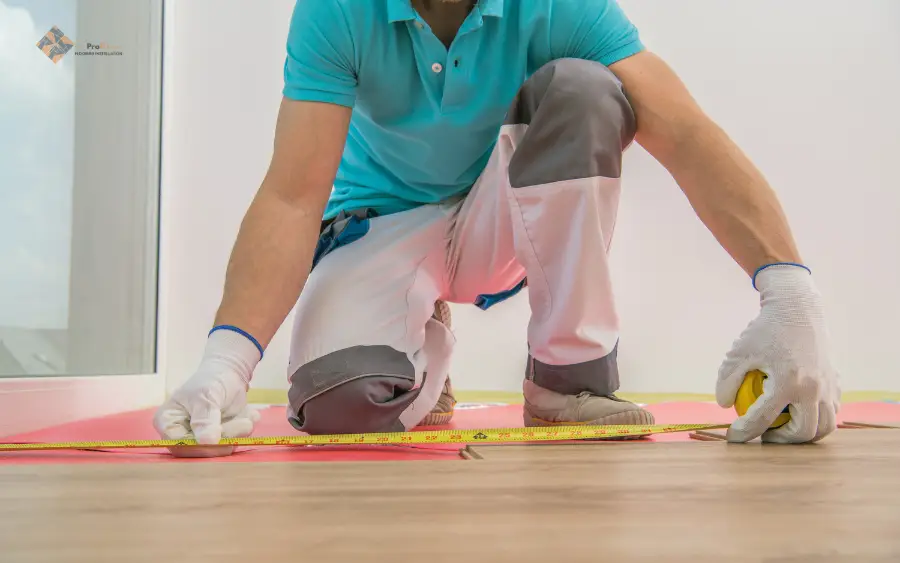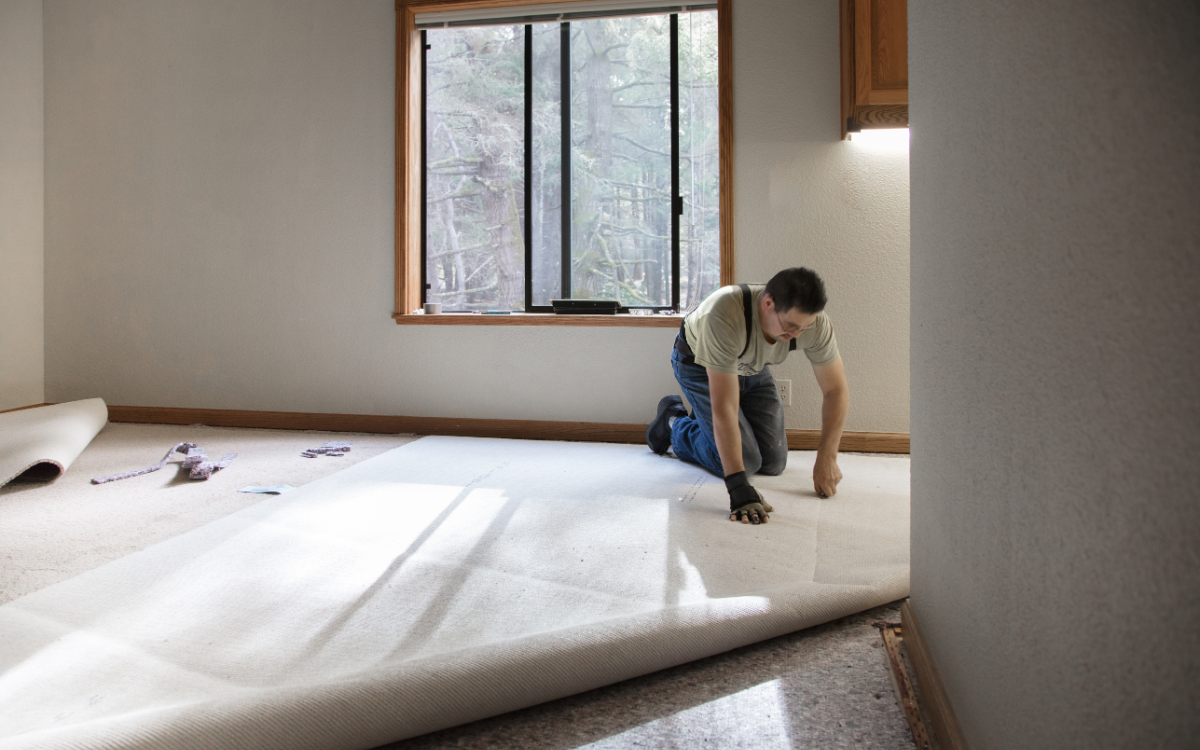Flooring Installation: A Comprehensive Guide
Introduction to Flooring Installation: What to Expect
Flooring installation can be one of the most transformative aspects of a home renovation project. Choosing the right flooring material and ensuring it is properly installed can elevate the aesthetic of any space, improve functionality, and even increase property value. However, many homeowners are unsure about what to expect during the installation process, making it crucial to understand the key steps involved. Having gone through the flooring installation process myself, I can personally vouch for how critical each stage is. We were under tight pressure to meet deadlines for listing our home, and every professional involved worked together seamlessly to ensure we met our goals.Choosing the Right Flooring for Your Home
When considering flooring options, it’s essential to evaluate your lifestyle, aesthetic preferences, and the specific requirements of each room. Hardwood, vinyl, and laminate are all popular choices, each offering unique benefits. For example:- Hardwood flooring brings warmth and durability, ideal for living rooms and bedrooms.
- Vinyl flooring is resistant to moisture, making it a great choice for kitchens and bathrooms.
- Laminate flooring offers the look of wood at a fraction of the price, and is easy to maintain.
The Process of Professional Flooring Installation
The process of installing new flooring typically begins with preparation, which is as critical as the installation itself. A professional installer will ensure that the subfloor is clean, level, and ready to support the new flooring. The steps generally include:- Initial measurement and consultation – To assess your space and flooring material.
- Removing old flooring – Necessary for a clean start, unless the new flooring can be installed on top.
- Subfloor preparation – Levelling and cleaning to ensure a perfect finish.
- Laying the new flooring – Depending on the type of flooring, installers use specific methods such as nailing, gluing, or snapping tiles into place.
Why Timing Matters in Flooring Projects
Time management is critical in flooring installation. Depending on the type of flooring you choose, some materials require more installation time than others. Hardwood flooring, for example, may take several days due to the need for acclimation and precise installation methods, whereas vinyl or laminate flooring can be installed more quickly. We personally had a tight timeline to meet before listing our home for sale, and this aspect added significant pressure. Thankfully, the flooring installation team pulled together to meet our deadline, which we deeply appreciated. Their dedication to making the impossible possible left a lasting impression.Key Benefits of Hiring Expert Installers
Many homeowners consider DIY flooring installation as a cost-saving measure, but professional installation brings significant benefits:- Precision: Professional installers know how to avoid common mistakes, ensuring that your floor is level and seamless.
- Efficiency: Experienced installers work faster and can complete large projects in a short amount of time, something that saved us when we were pressed for time.
- Expertise: They have the tools and knowledge to install various materials correctly, whether you’ve chosen hardwood, laminate, or vinyl.
Different Types of Flooring Materials and Their Installation
Understanding the installation requirements for each flooring material can help you make the best choice:- Hardwood: Requires careful acclimation to your home’s environment before installation and may need nailing or gluing, depending on the wood type.
- Vinyl: A quick-to-install option, usually snapped into place with minimal preparation. Perfect for areas that may experience moisture.
- Laminate: Easier to install than hardwood, often laid as a floating floor, which means the planks lock together without being attached to the subfloor.
How to Prepare Your Home for a Flooring Installation
Preparation is key when getting ready for a flooring installation. Make sure that the area is clear of furniture, and if you’re having new flooring installed throughout the house, consider finding alternate living arrangements for the installation period.- All existing flooring is removed (if applicable).
- The subfloor is in good condition – cracked or uneven surfaces may require repair.
- Rooms are well-ventilated – especially when adhesives are involved.
Post-Installation Care and Maintenance Tips
Once your new flooring is installed, proper maintenance is essential to ensure its longevity. Each material requires different care:- Hardwood: Regular sweeping and occasional refinishing will keep it looking beautiful.
- Vinyl: Easy to maintain with simple mopping, but avoid harsh chemicals.
- Laminate: Clean with a damp cloth, and avoid soaking the floor, as moisture can seep between the planks.
Why We Would Gladly Work with This Team Again
Overall, our flooring installation experience was a great success. From the initial consultation to the final walkthrough, the team displayed professionalism, expertise, and a dedication to quality. Working within our tight deadline, they pulled together to make what seemed impossible happen. If we ever need flooring installation services again, we would happily return to this team. Their ability to combine speed with attention to detail made all the difference in the outcome of our project.FAQ
The choice of flooring depends on your lifestyle and the specific needs of each room. For example, hardwood flooring is ideal for living rooms or bedrooms, while vinyl is moisture-resistant and a great option for kitchens and bathrooms.
Installation time varies depending on the material. Vinyl or laminate can be installed quickly, while hardwood flooring may take longer due to the need for acclimation and more precise installation techniques.
Clear the areas where the new flooring will be installed and ensure the subfloor is in good condition. If the installation covers multiple rooms, you might need to arrange alternative living accommodations during the process, as it could disrupt daily activities.
Hiring a professional ensures precision, efficiency, and high-quality installation. While DIY might seem like a cost-saving option, common mistakes during installation can lead to more expenses in the long run.
Each type of flooring requires specific care. Hardwood floors need regular sweeping and occasional refinishing, while vinyl and laminate can be easily cleaned with a damp cloth, avoiding harsh chemicals that could cause damage.





